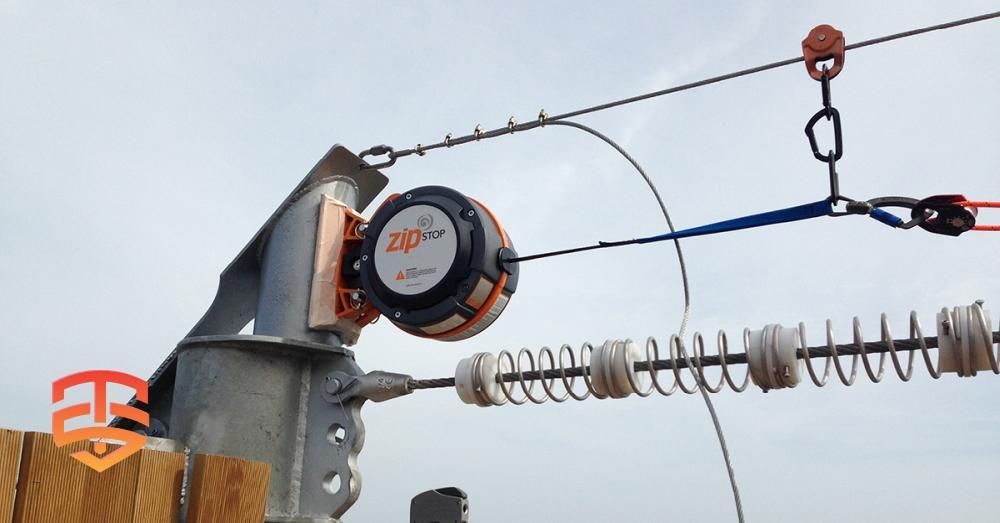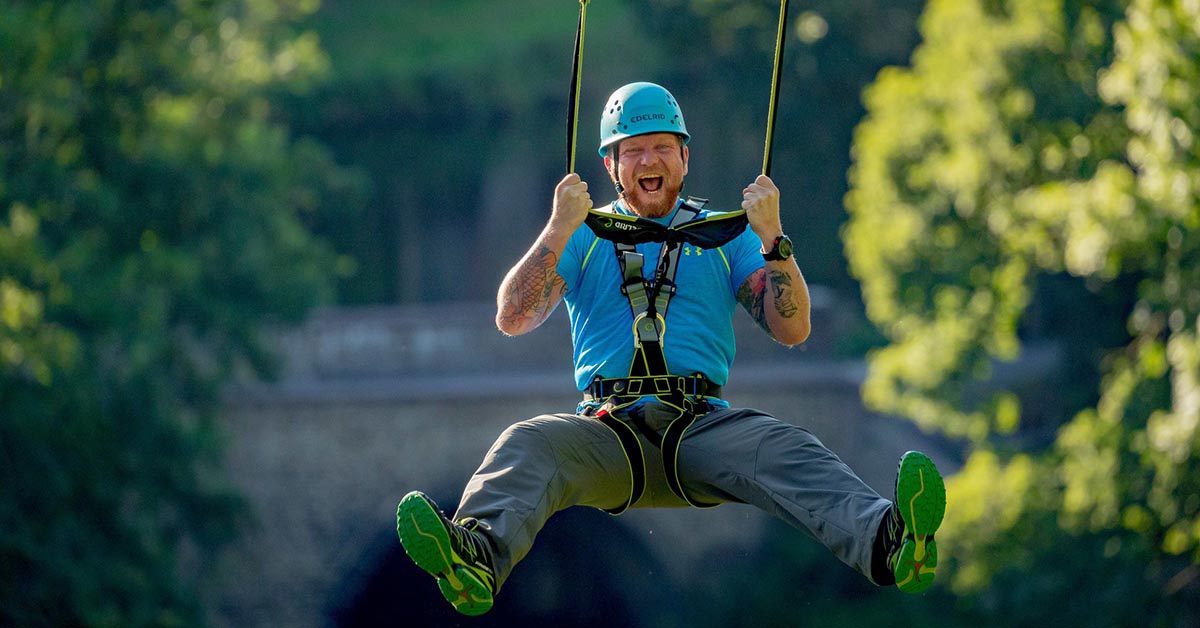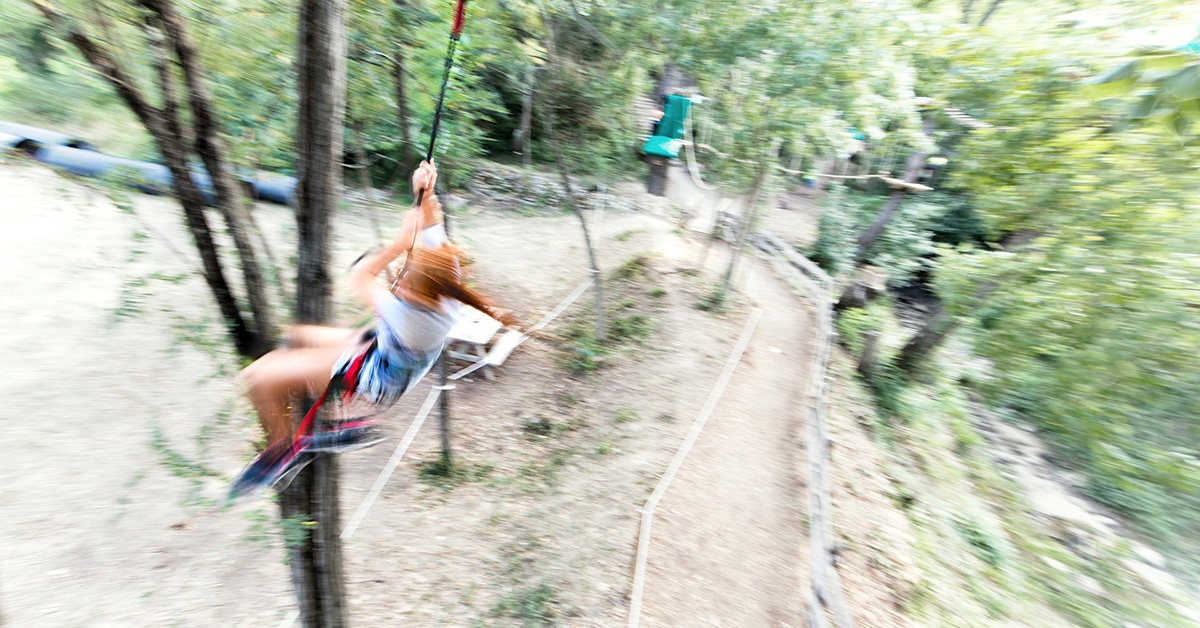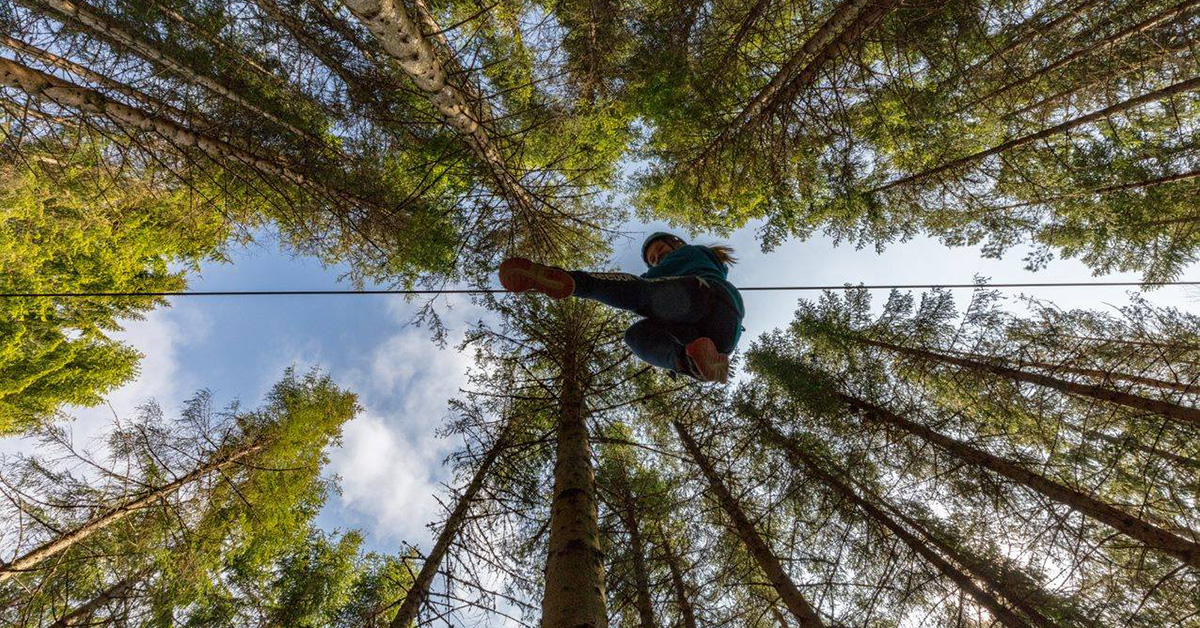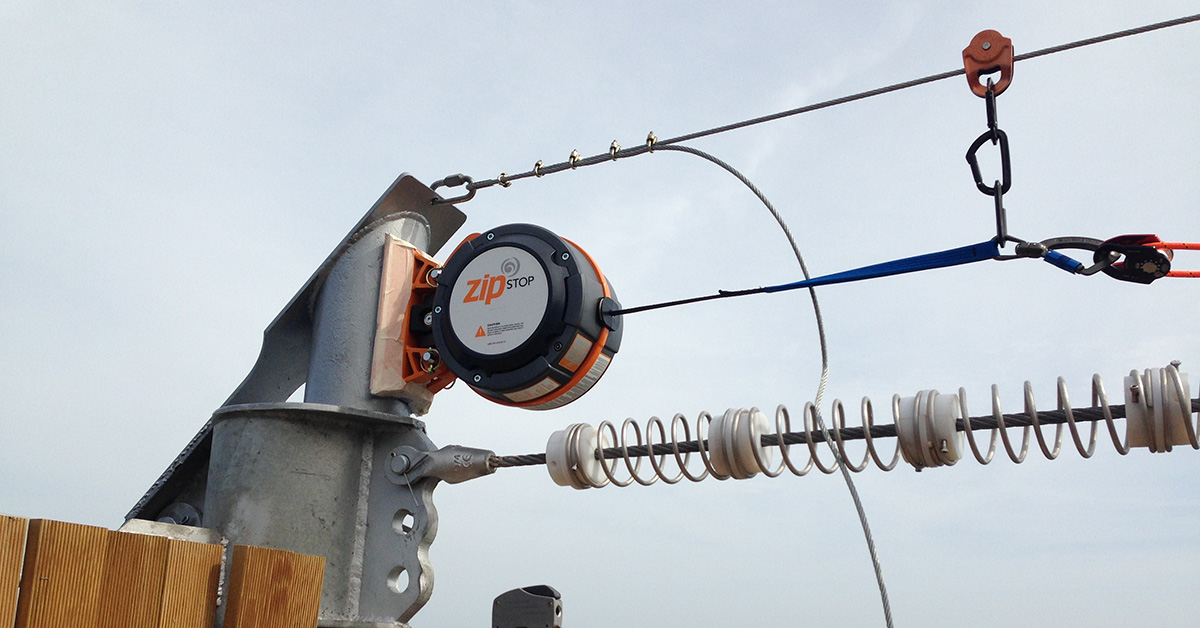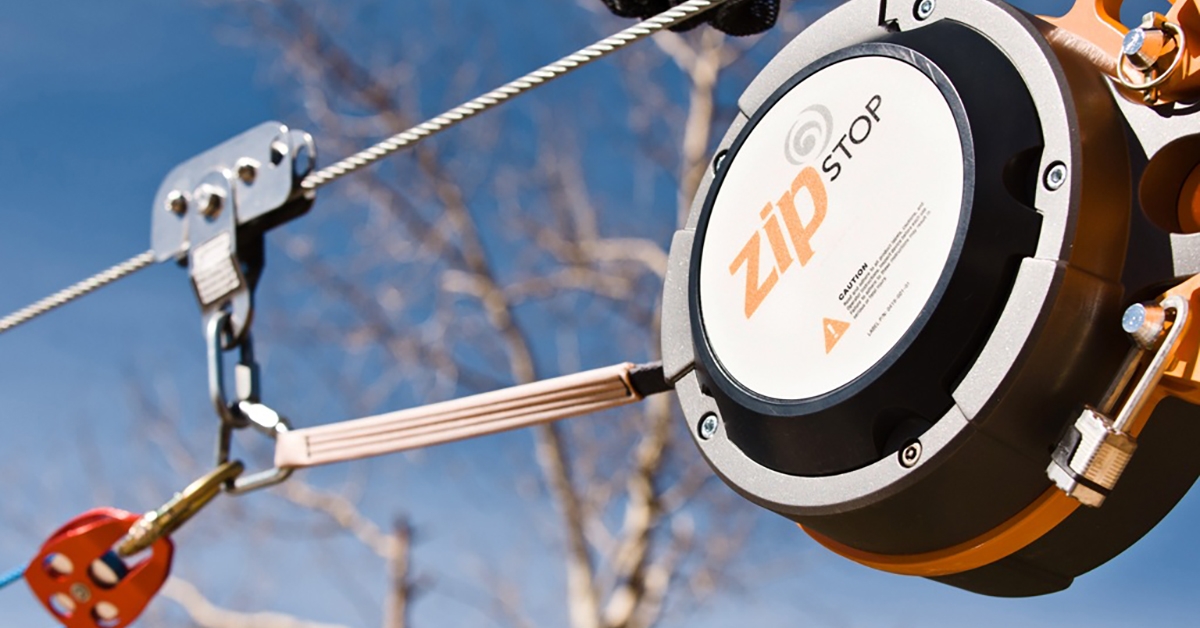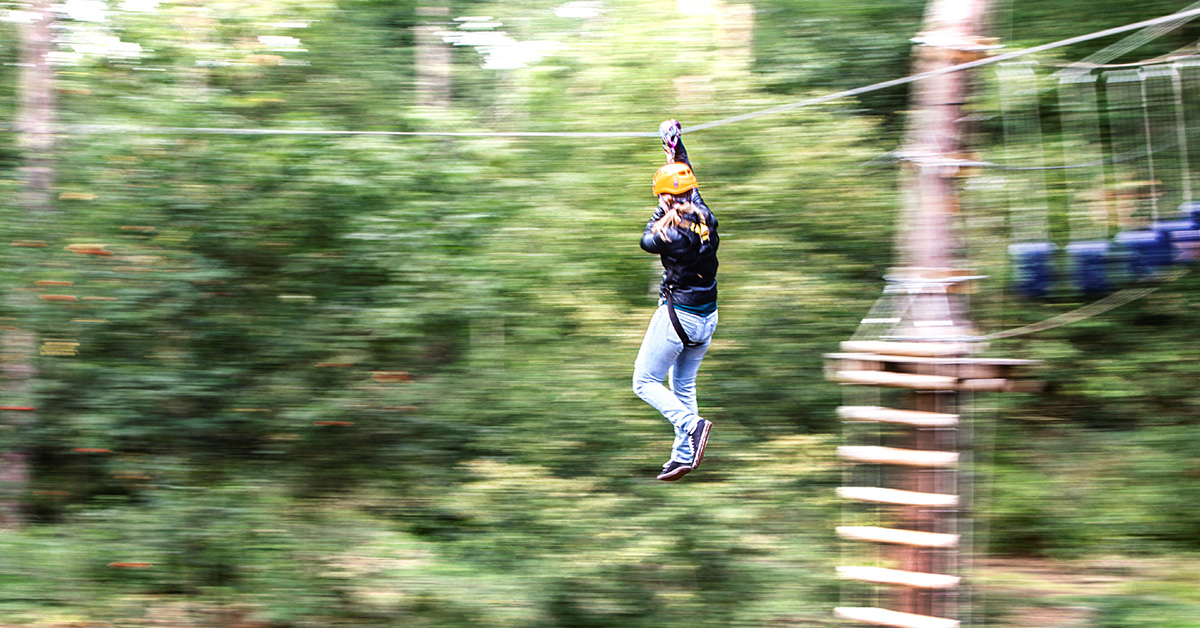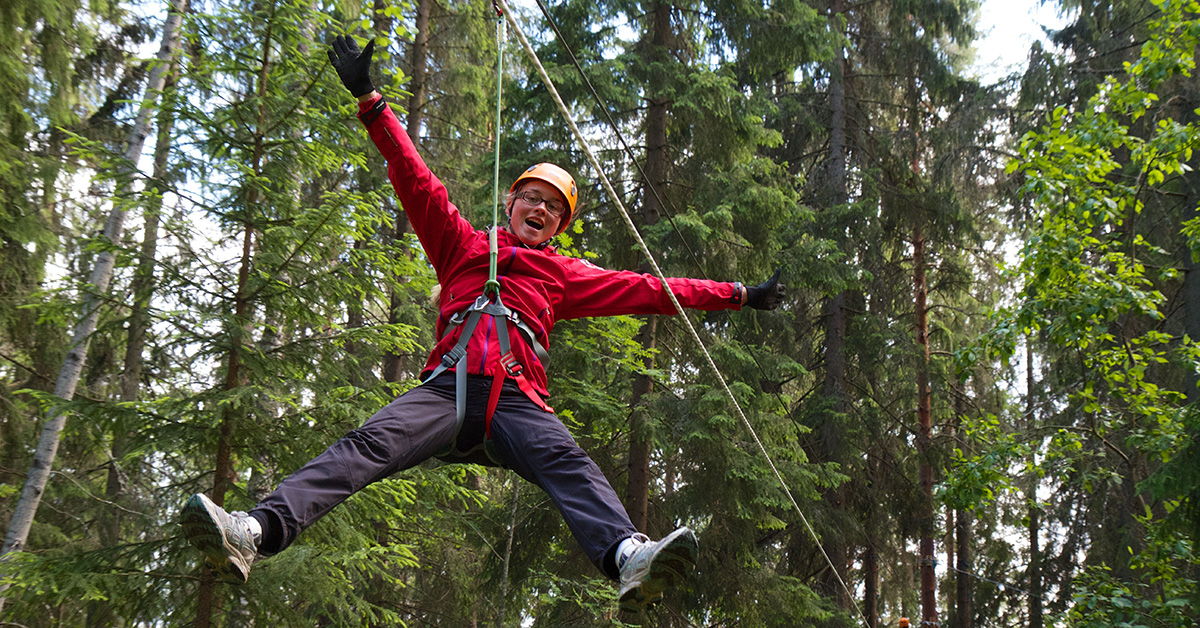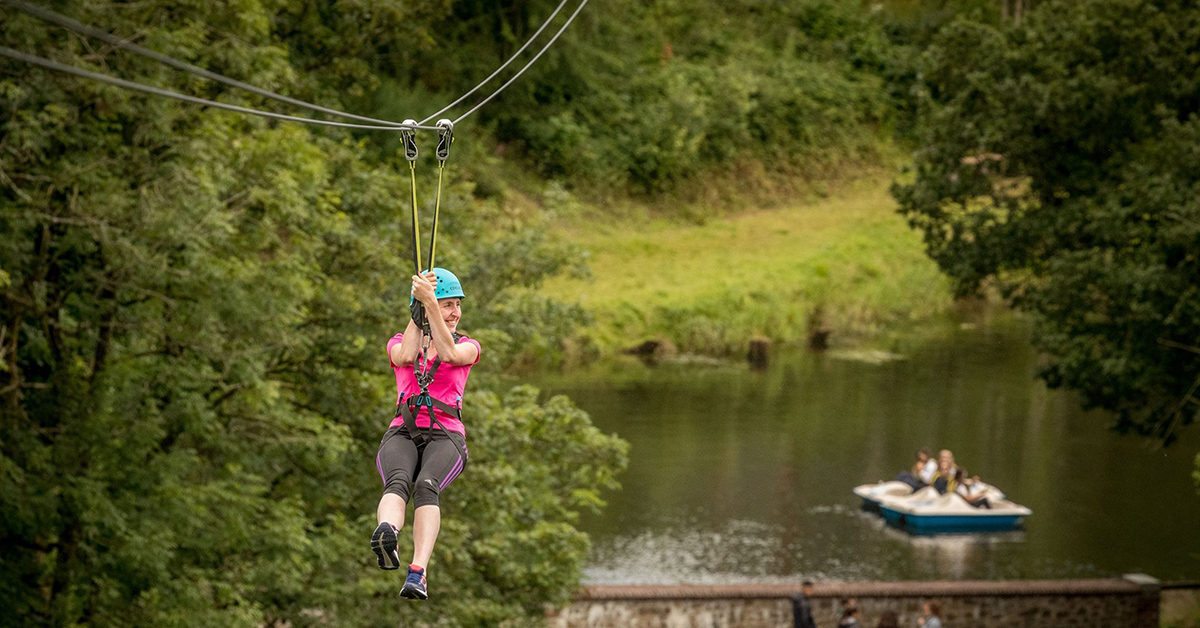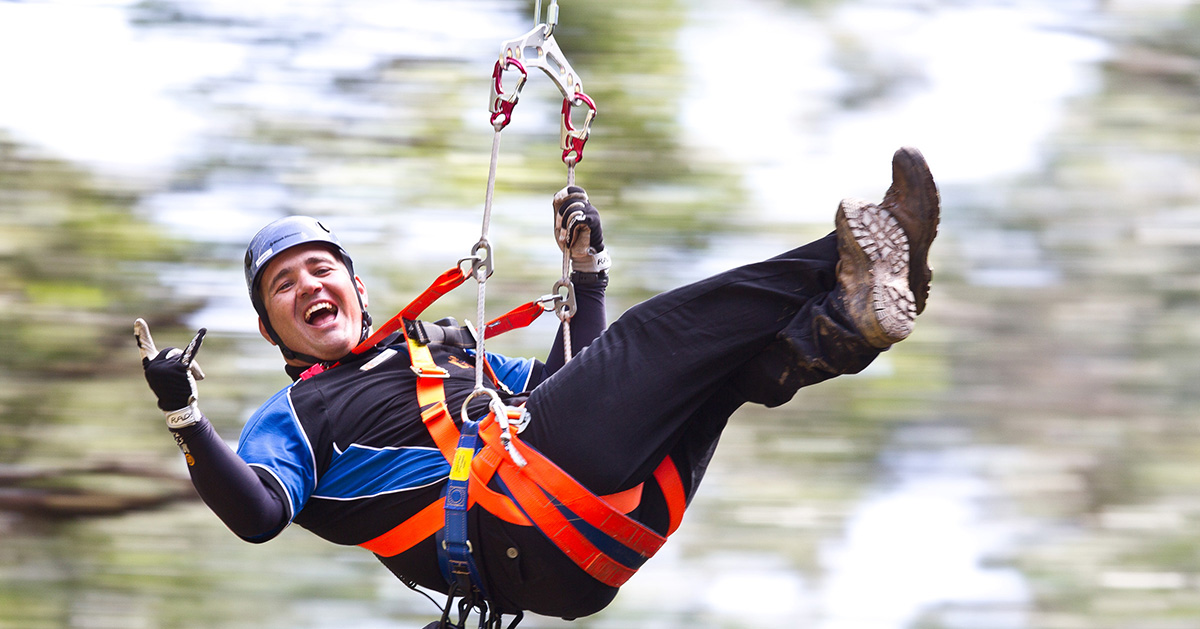
Are you trying to find a new business venture? Think about launching a zip line company! People of all ages can take part in this interesting and engaging endeavor, and it has the potential to make a sizable profit. If done right, zip lines can be a profitable method to give your customers a fun and exciting experience. Zip lines are a fantastic way to experience the outdoors while getting your heart racing. There are a few things to take into account when starting a zip line business. We’ll go over the fundamentals of launching a zip line business in this blog post.
Continue reading How to startup a Successful Zip Line Business
